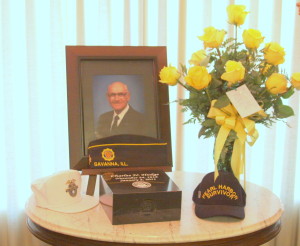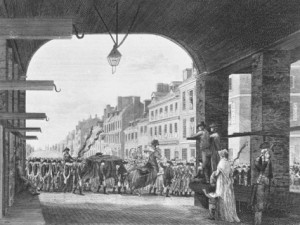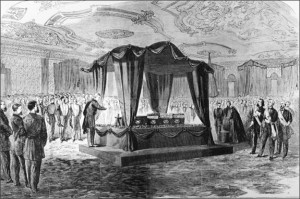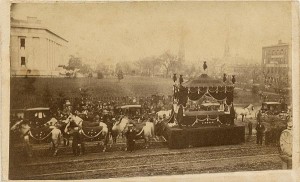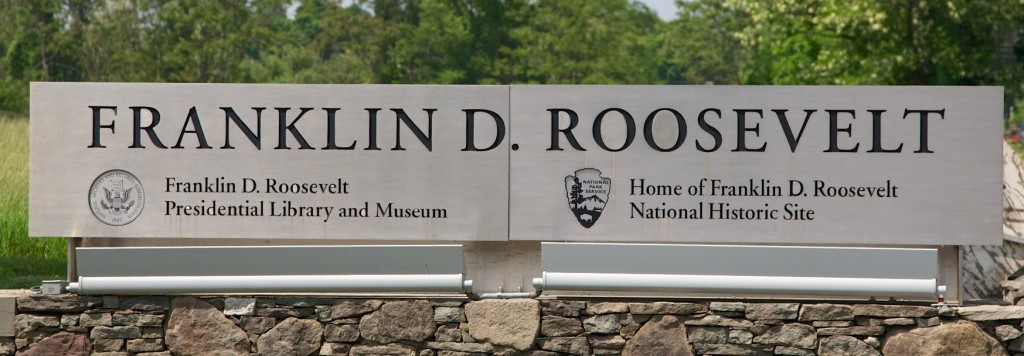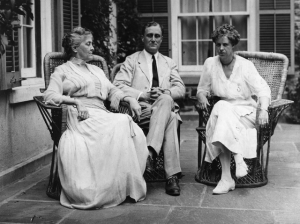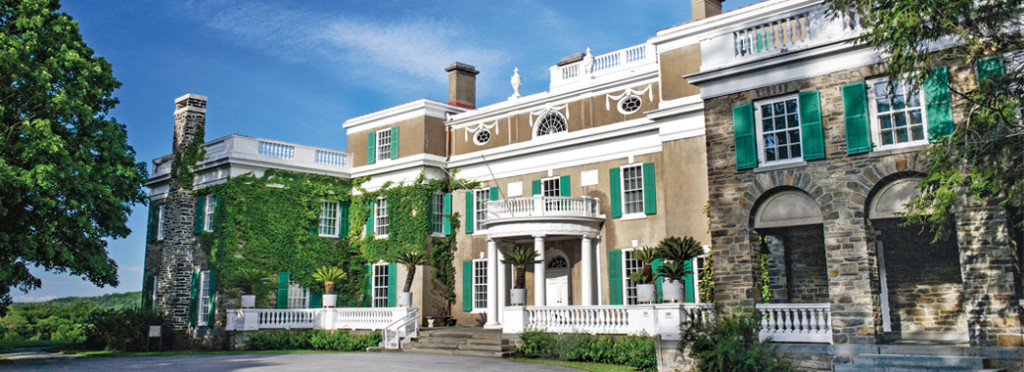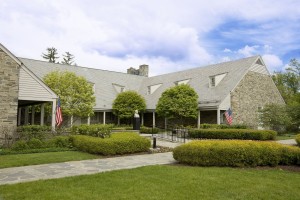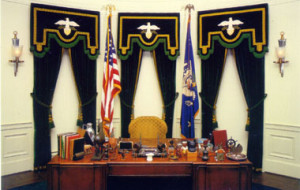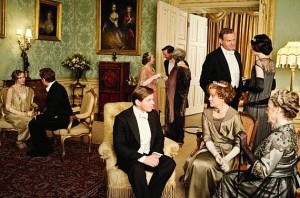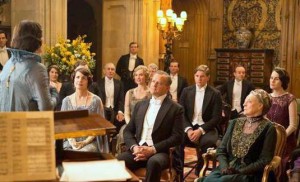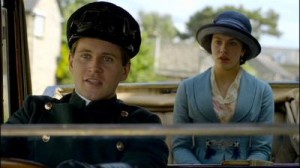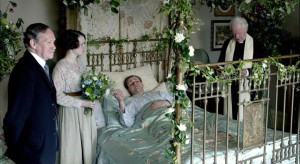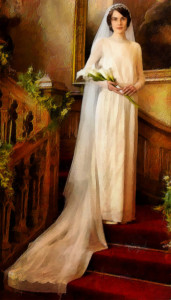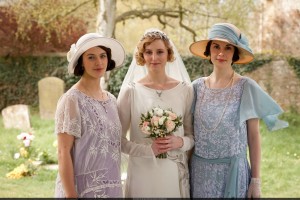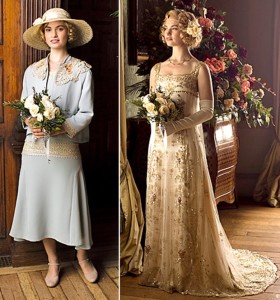This month in honor of Presidents Day I wrote a post on Presidential Funerals in which I discussed the traditions and customs involved in the planning of these events. Personally, in recent years I have helped to plan several funerals for family members and in the process I have searched the internet for ideas. In general, craft information to create decorations or displays for a funeral are difficult to find and most websites that I found on the internet were for ready-made items to purchase. In this post I discuss the numerous funeral or memorial items that I have made and I will also offer suggestions for additional items. When planning the elements for a funeral or memorial service the focus should be on the deceased person and all the items used should in some way reflect their personality, interests or have special meaning that tells the story of their life.
Funeral or memorial service decorations
To start the decorations for a funeral or memorial service it is a good idea to have a welcome table for the invited guests which will usually be set up in the vestibule of a church or in the hallway or just inside the door of a mortuary lobby. Place a large photo of the deceased person on the table along with some smaller photos, some type of book for guests to sign or write their memories of the deceased person. A welcome table it is also a great place to set the funeral or memorial programs and holy cards for guests to pick up. For my mom’s rosary service the night before her funeral we placed several photos on the tables around the room which we mixed in with the many floral arrangements. (Decor Tip: For smaller photos use frames that have an easel backing or for larger photos in bigger frames use metal or wooden stands)
For the service of my husband’s grandmother we set out the scrapbook which I had for the 60th anniversary of his grandparents on the welcome table, the book highlighted the couple’s life together throughout the years and it was wonderful for the guests to be able to glance through before the service. (Craft Tip: This type of retrospective scrapbook is a relatively easy craft project to create in a few hours. All that is needed are a photo album, several photos depicting the deceased throughout their life, a supply of scrapbook paper and some stickers or other embellishments)


Another type of display arrangement to create for a funeral or memorial service is by incorporating memorabilia of the deceased person. For my husband’s grandfather’s service his special Pearl Harbor Survivor hats were set out on the table. For my husband’s grandmother’s service several of her paintings were set out on the mantel of a fireplace with a specially made shadowbox displaying her many art show ribbons collected throughout the years.
For the memorial service for my husband’s nephew, I made a wreath decorated with artificial flowers and butterflies for the welcome table, butterflies were the general theme of the service (look for a photo of this wreath later in this post). Since the deceased was a young boy, his mother wanted to display his many sports awards and also his school projects made throughout the years. On the fireplace mantel in the room we set out more framed photos, sports awards and a stack of his favorite books. Before the service started the guests moved about the room looking at all the displays.


The elements or parts of a funeral or memorial service
When planning a funeral or memorial service there are usually numerous decisions to make in regards to selecting songs, prayers or poems. Much like the choices made for the decorations, when planning the elements for a funeral or memorial service the focus should be on the deceased person and the selections made should reflect their personality, interests or have special meaning.
A wonderful element for a funeral or a memorial service is a personalized video presentation which includes a selection of photos showing the life of the deceased person set to specially selected music. Together my husband and I have done this for the funeral and memorial services of several relatives (and also for various milestone birthdays or anniversaries). There are many different applications and programs that can be used to create a video and the one that you choose comes down to personal preference.
There are several things to keep in mind when making a personalized video for a funeral or memorial service. The first thing to consider are that the photos chosen should span the years of the deceased person. We usually select photos from childhood through to the end of their life including memorable events, special occasions or other milestones. Shown below is an unusual photo of the hands of three generations of women in my family which was taken just a few years before my mother passed away, the hands are of my mother, myself and my daughter. We used this as the “title photo” for the video which listed her full name, date of birth and date of death. (Special Tip: One thing to keep in mind when selecting photos is to try to include the family and friends that will be attending the service. The second thing to consider is the music selection and it should be a song that holds special meaning. Maybe the song could be the deceased person’s favorite song by their favorite musical artist or maybe one that you personally selected because of the meaning of the lyrics or a classical song or a church hymn. Another Special Tip: In the past when we have created a video for a funeral we have used only one song and selected the number of photos to fill the time from the beginning to end of the song. We found the length of one song, usually 2 to 4 minutes, works best because it holds the attention of the guests)
Another element that we used for my husband’s nephew’s memorial service was a special butterfly release. The mother wanted the service to be a celebration of her son’s life, so at the end of the service the guests were invited outside to witness the release of the butterflies. The immediate family members including grandparents, aunts and uncles said a few words before releasing individual butterflies and to conclude this portion of the service the parents and siblings of the boy released a large basket of several butterflies which fluttered into the afternoon sky providing a wonderful symbolic gesture and proved to be a very emotional end to the service. (Source Tip: When planning the event we searched the internet for a local source for the butterfly release. There is a little preparation involved with a butterfly release but it is worth the effort)Another element to a funeral or memorial service are the items worn by the people taking part in the service. For my mother’s funeral I made the boutonnieres for the pallbearers to wear, my mother had requested that all of her grandchildren carry her coffin into the chapel. Her grandsons and grand-daughters wore white roses, my mother’s favorite flower, on their left side pined over their hearts. I used artificial roses, a few leaves, green floral tape to create the boutonnieres and provided long pearl topped pins to fasten them to the shirts or dresses of the grandchildren. (Craft Tip: Flowers chosen for a boutonniere can be traditional lilies, roses or perhaps the favorite flower of the deceased person)
Another item that I made for my sisters and myself to wear at my mother’s funeral service were special medallion brooches. I found the metal and glass medallions at my local craft store, selected a photo of my mother and father which I copied and then minimized the size to fit the medallion. Then I tied a black ribbon bow with a safety pin attached to use to pin it to our clothes. Since both my mother and father had now passed away I wanted to honor their memory and also designate at the funeral that we were their daughters. Something this simple to create was noticed by the guests at the funeral and I received many compliments about the medallions. (Special Note: As a very meaningful gesture, I made two special medallions which I placed in my mother’s coffin. One had a photo of her with her parents and siblings and the other was a photo of her with my dad and her four daughters)
For the memorial service of my husband’s nephew we used a theme of butterflies and I purchased inexpensive artificial butterflies from my local craft store which we pinned to the clothing of the immediate family, grandparents, aunts, uncles and great-grandparents. This was a wonderful way to incorporate the theme of the service and also to identify the relatives of the deceased boy.
Preserving the memorabilia of a funeral or memorial service
After a funeral or memorial service there is sometimes memorabilia to preserve or to honor the deceased person. The first item shown below was actually used at my wedding and was something I created to honor my father who had passed away several years earlier. I used a photo of my father and found a special poem on the internet that I printed on my home computer and it perfectly reflected my feelings about him. Shown below is the special memorial piece that I placed on a table with a floral arrangement and some candles. I used a simple wooden frame, selected a double photo mat and then inserted both my father’s photo and the special poem. Even though this item was used for a wedding the idea could also be a special piece to display on the welcome table at the funeral or memorial service or could be used afterwards to display in a home to remember and honor a deceased person. Another idea instead of a traditional frame is to use a shadowbox frame that could include a boutonniere or flower from the funeral or memorial service.


The next two items were created to preserve the memory of my husband’s nephew. The first was the special wreath I created to displayed on the “welcome table” at the memorial service and it was saved to be used afterwards for a front door decoration. I used a simple grapevine wreath, flowers and 12 blue butterflies were also attached to the wreath to reference the age of the boy at the time of his death. The second item I created was a special piece which I presented to the mother after the service. I used the program from the memorial service, some of the flowers and stems from the wreath and two of the butterflies which were originally used as boutonnieres.

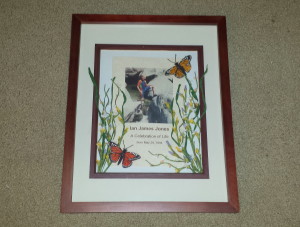
For my mother’s funeral service I wanted to create a very special and sentimental wreath. The floral wreath that I made features white roses which were my Mother’s favorite flower. I used six white full roses to represent my parents and their four daughters, nine white rose buds to represent their nine grandchildren. I finished the wreath with green hydrangeas and berries in a lovely pastel shade of rose pink. By creating this special wreath instead of purchasing one from the local floral shop turned out to be a blessing. Let me explain why it was a cathartic experience, first by taking the time to make the wreath I was able to honor my mother’s creative talent which was something she passed on to me. Second, as I made the wreath I was able take the time to reflect on my memories of her and start to process my grief from her passing. I still use the wreath as a floral decoration for my front door and instead of making me sad it brings me serenity and peace in remembering and honoring my mother.


